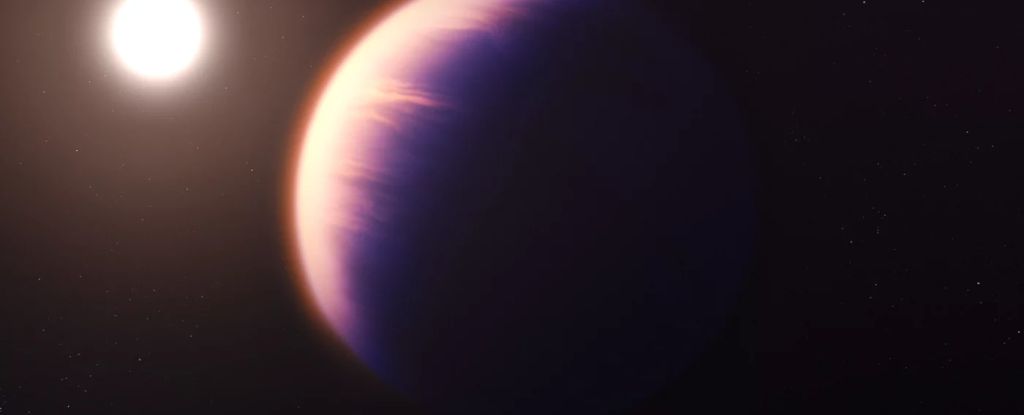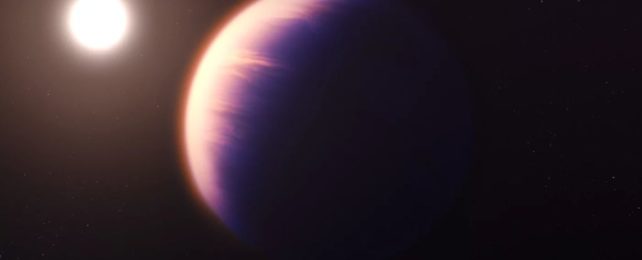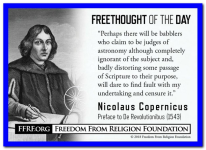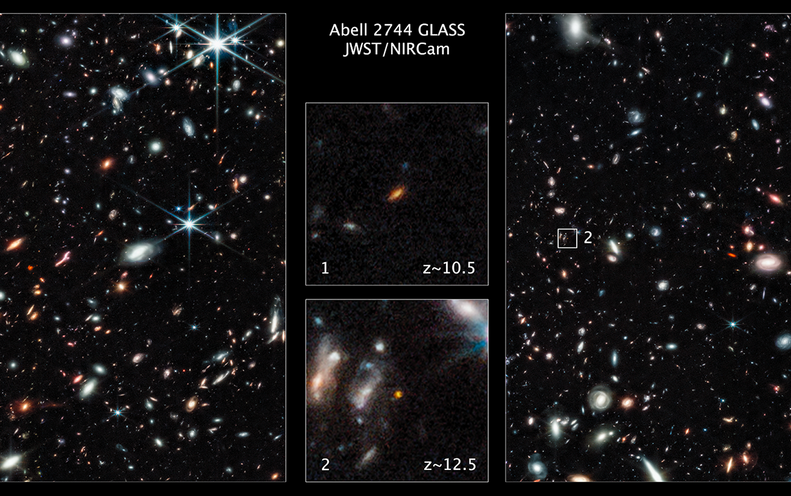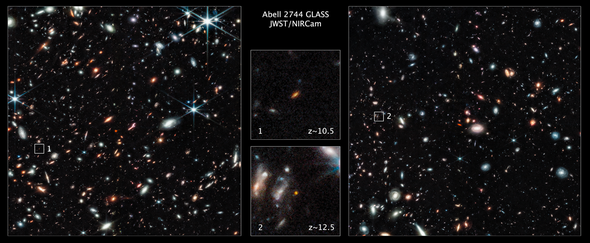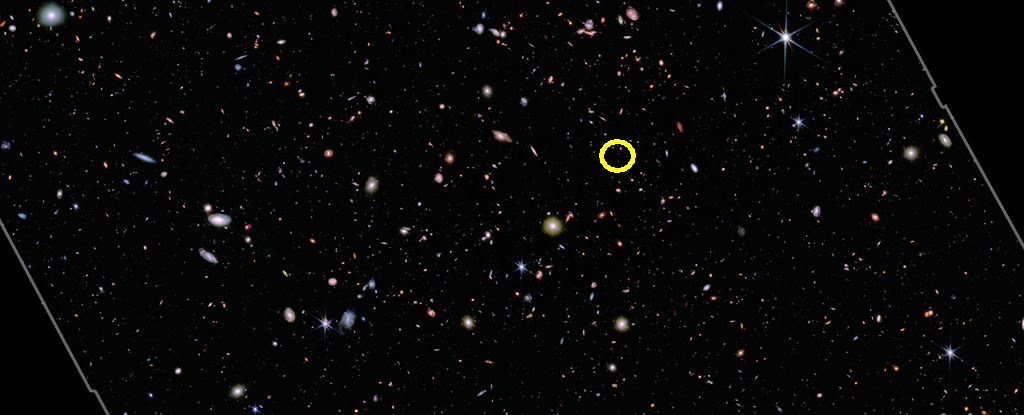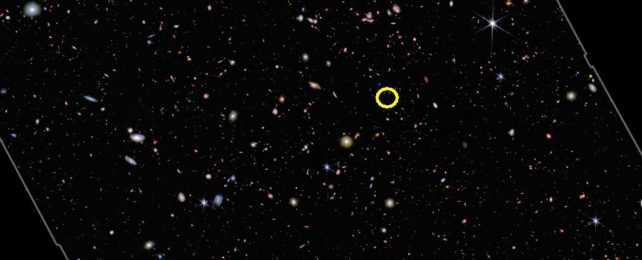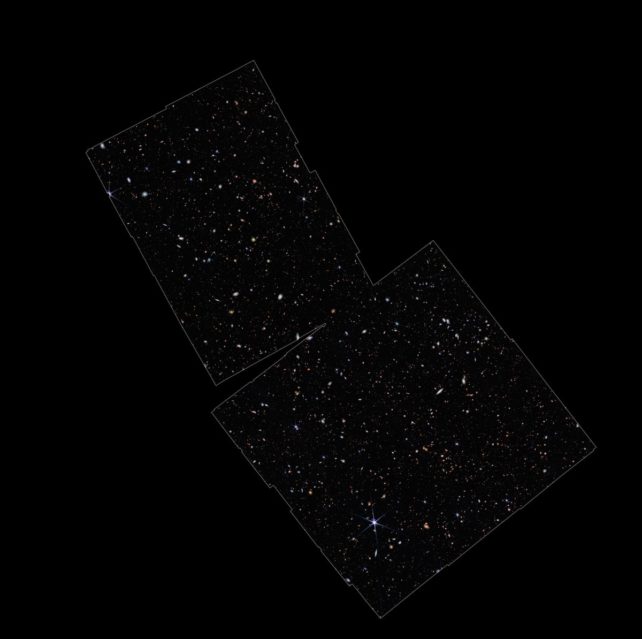- Joined
- Sep 27, 2020
- Messages
- 21,381
- Reaction score
- 17,718
- Gender
- Male
- Political Leaning
- Other
Astronomy Magazine
James Webb images get an X-ray boost from Chandra data
... our interest — or our news cycle — is quite like the James Webb Space Telescope (JWST). And some of its latest photos are no exception. 15 hours ago
Forbes
See The Best Webb Telescope Images So Far Now With New ‘X-Ray Vision’ Layers
Northrop Grumman Newsroom
Northrop Grumman-built James Webb Space Telescope and ...
... Chandra X-Ray Observatory Help Scientists See the Universe in New Ways ... the James Webb Space Telescope was released today from NASA,...2 days ago
James Webb images get an X-ray boost from Chandra data
... our interest — or our news cycle — is quite like the James Webb Space Telescope (JWST). And some of its latest photos are no exception. 15 hours ago
Forbes
See The Best Webb Telescope Images So Far Now With New ‘X-Ray Vision’ Layers
Northrop Grumman Newsroom
Northrop Grumman-built James Webb Space Telescope and ...
... Chandra X-Ray Observatory Help Scientists See the Universe in New Ways ... the James Webb Space Telescope was released today from NASA,...2 days ago
Last edited:

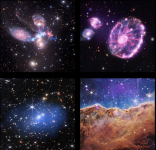
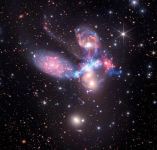
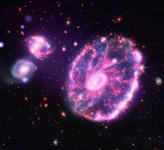
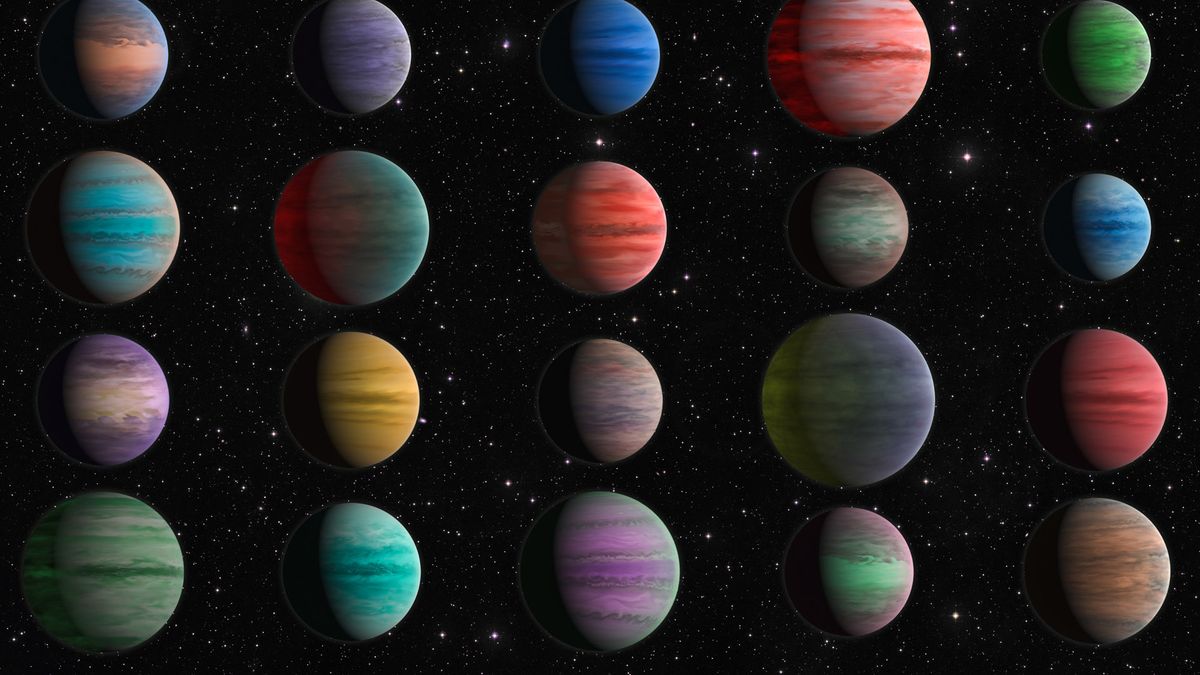
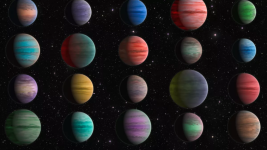
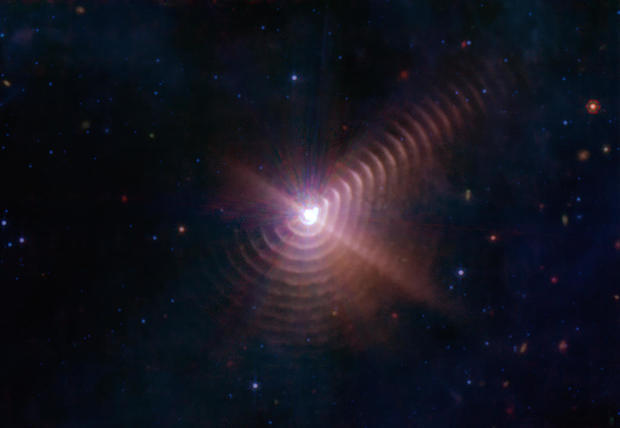


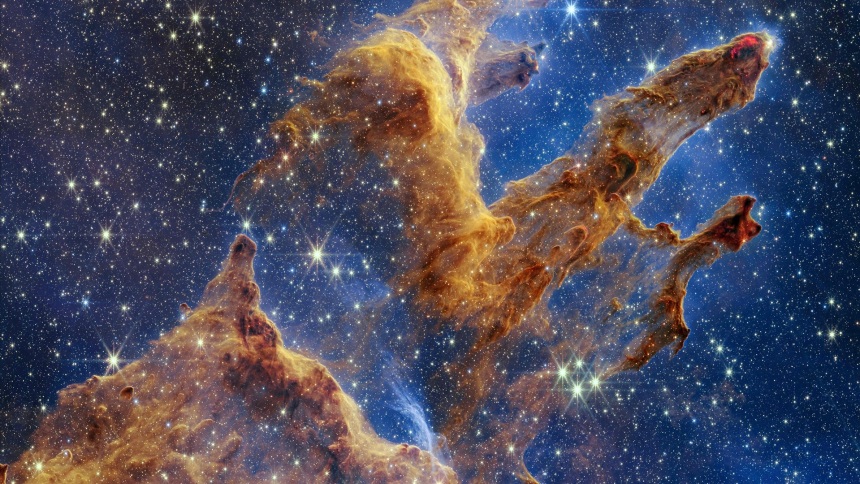

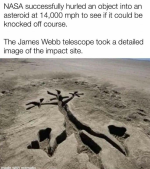
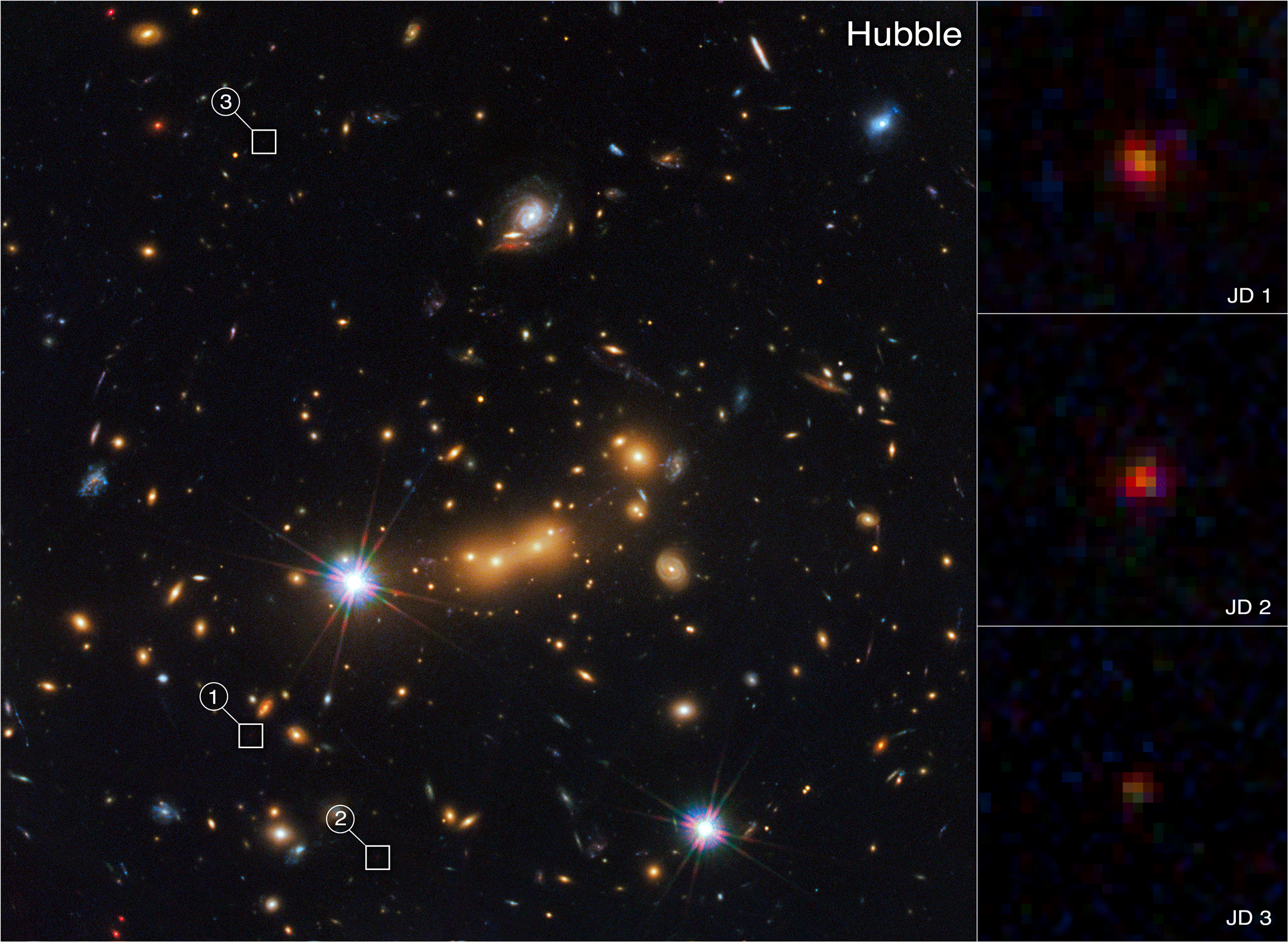
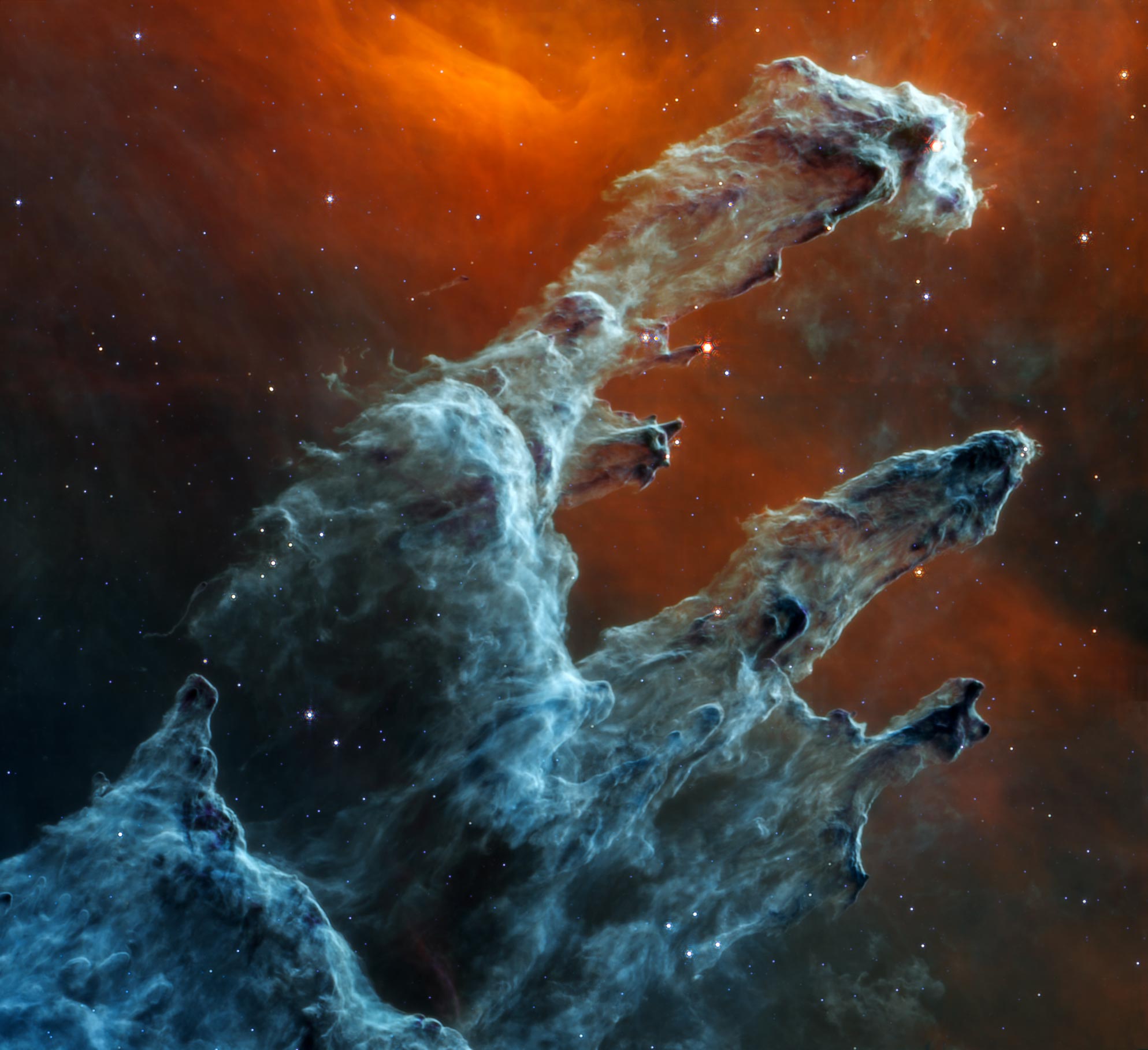


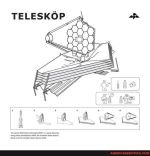
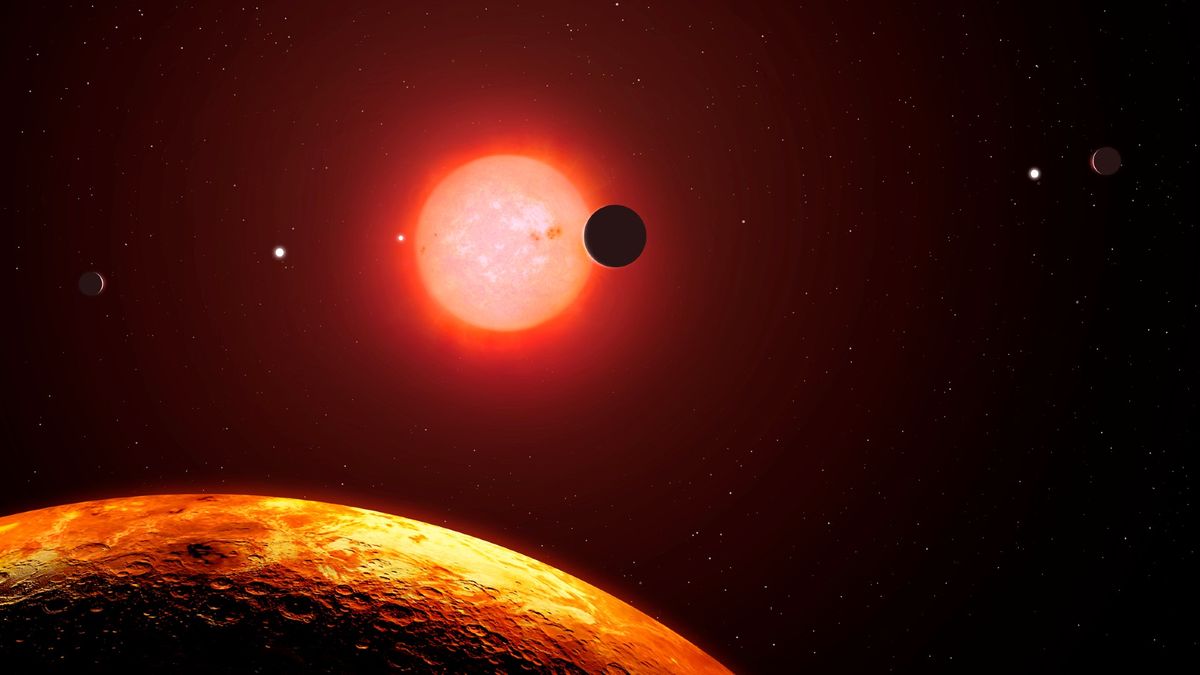

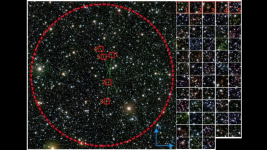
:max_bytes(150000):strip_icc()/__opt__aboutcom__coeus__resources__content_migration__mnn__images__2016__11__James_Webb_Telescope_Model_at_South_by_Southwest-9076e793826d47a98f132c42c082e76f.jpg)
:max_bytes(150000):strip_icc():format(webp)/__opt__aboutcom__coeus__resources__content_migration__mnn__images__2016__11__James_Webb_Telescope_Model_at_South_by_Southwest-9076e793826d47a98f132c42c082e76f.jpg)
:max_bytes(150000):strip_icc()/__opt__aboutcom__coeus__resources__content_migration__mnn__images__2014__07__GMT_1-5b5b9a128dfd447f9c118a52857aa8df.jpg)
